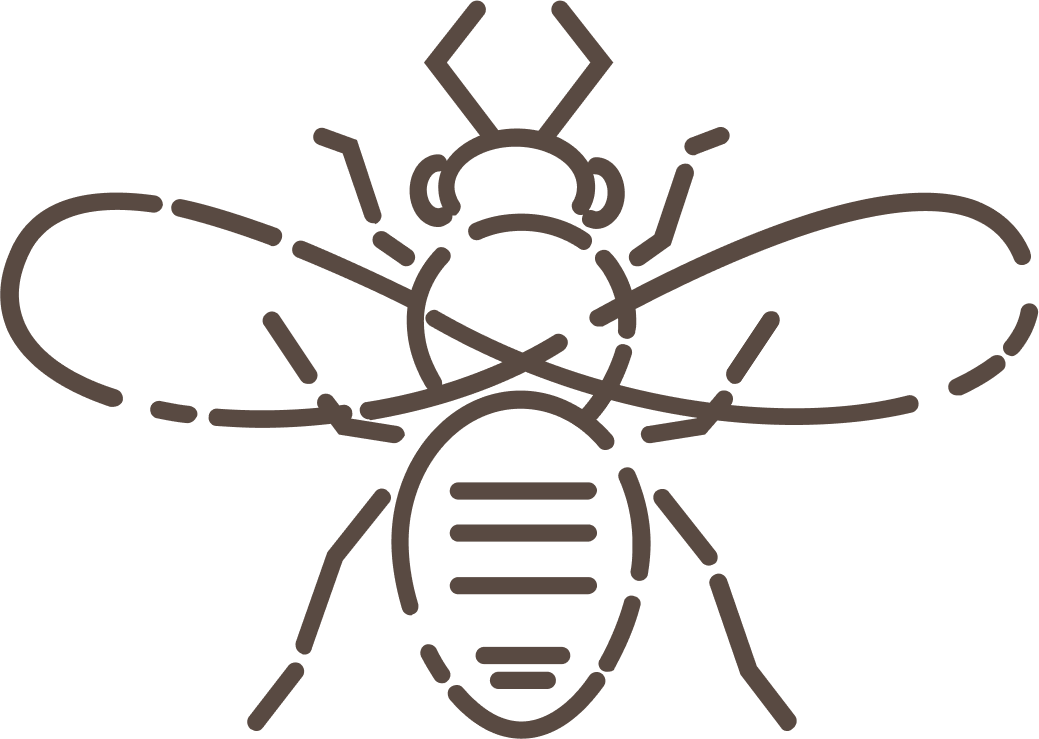Squash Bees
The term “squash bee” refers to native solitary bees of two genera, Peponapis and Xenoglossa, that are specialist pollinators of squashes, pumpkins and gourds. There are only about 20 species of bees in these two genera and most of them are found in the southwestern U.S., Central America, and South America. Smaller than the typical honey bee, squash bees also have thoraxes covered with light-gold hairs.
Pollination
All the different types of squash, pumpkins, and many commonly-grown gourds belong to the genus Cucurbita. These plants are native to North, Central, and South America. The corresponding native pollinator for these plants is the squash bee. Squash flowers and other cucurbit flowers open very early in the morning. As a result, squash bees get started pollinating hours before sunrise, and their larger-than-average eyes enable them to see the flowers, even in darker conditions.
Social Structure
These bees are solitary, ground nesting bees. Female squash bees dig nesting tunnels in bare dirt near cucurbit plants and often even underneath the plant’s leaves. Collecting pollen from these flowers, the squash bee lays eggs and deposits this pollen, as a source of energy for her offspring when it hatches. Even though squash bees are solitary, individual female squash bees occasionally construct their nests near each other in what is known as

